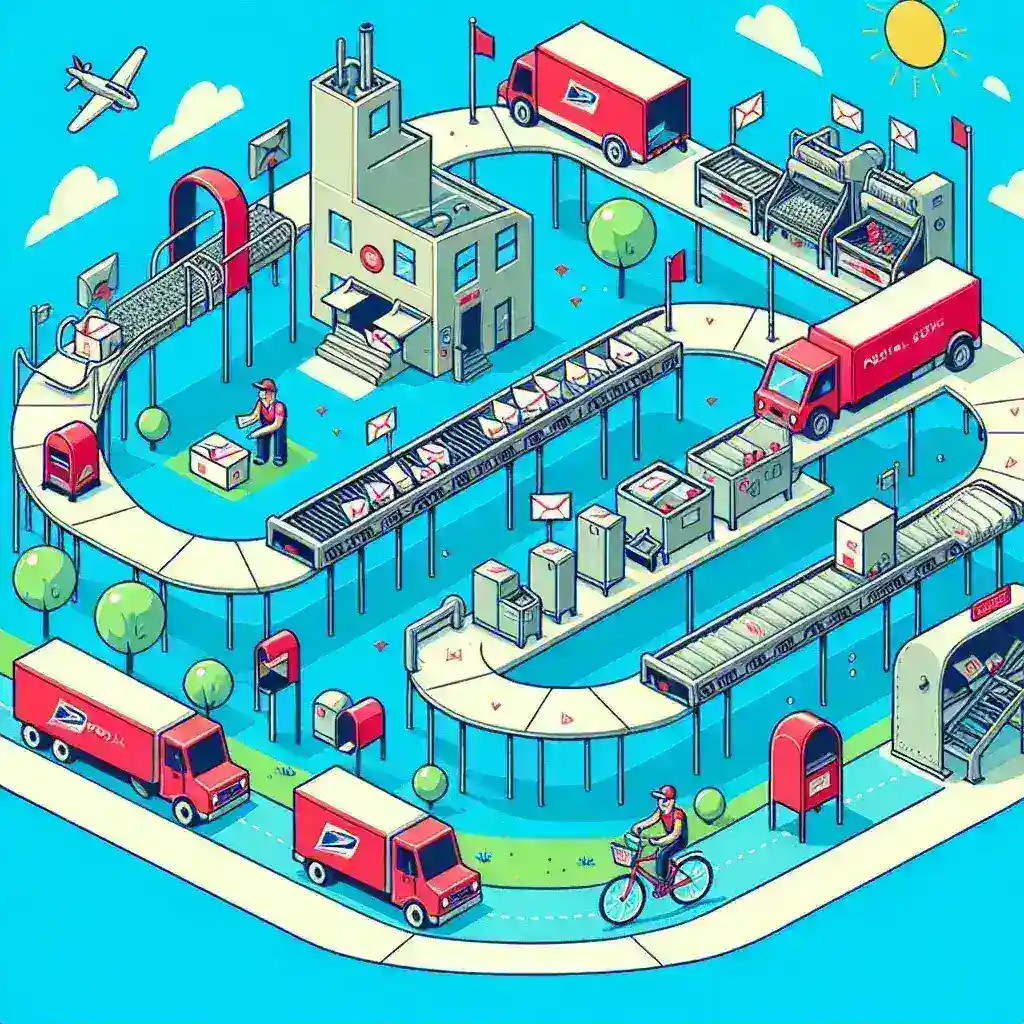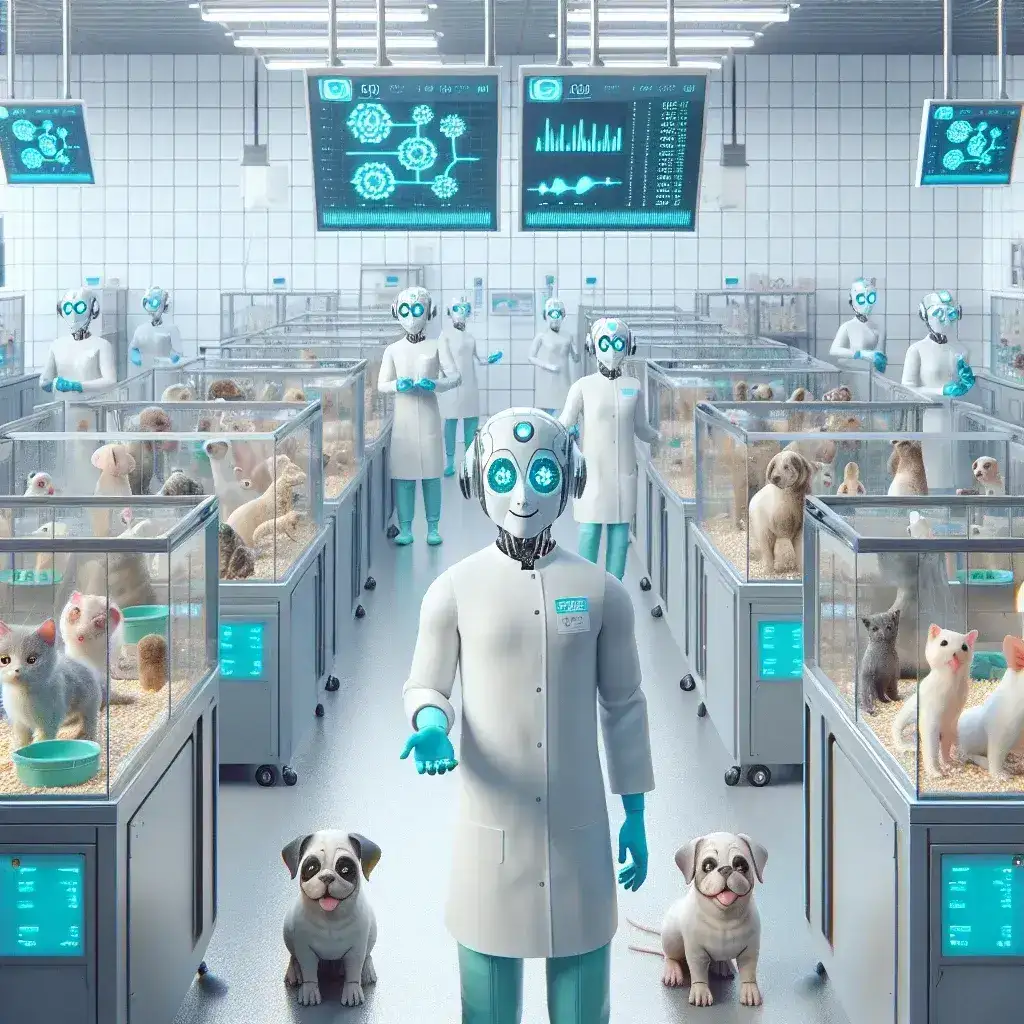Introduction
In recent years, the automotive industry has witnessed a significant transformation with the advent of self-driving technology. As this technology evolves, a groundbreaking development has emerged: the approval of self-driving technology retrofits for existing passenger vehicles. This article delves into the implications, benefits, challenges, and future of these retrofits, shedding light on how they could revolutionize personal transportation.
The Rise of Self-Driving Technology
Self-driving vehicles, or autonomous vehicles (AVs), have captured public imagination and sparked interest among researchers, manufacturers, and consumers alike. Initially considered a distant dream, advancements in artificial intelligence, sensors, and computing power have accelerated progress, bringing us closer to a world where cars can navigate without human intervention.
Historical Context
The concept of autonomous vehicles dates back several decades. The first experiments with self-driving cars can be traced to the 1980s; however, it wasn’t until the 21st century that significant technological advancements allowed these concepts to become a reality. The development of sophisticated sensors like LiDAR, radar, and cameras, combined with machine learning algorithms, has enabled vehicles to perceive their surroundings and make informed driving decisions.
The Approval of Retrofits
In a landmark decision, regulatory bodies have approved the retrofitting of existing passenger vehicles with self-driving technology. This move is a game-changer for the automotive industry, as it allows consumers to upgrade their current vehicles rather than purchase entirely new autonomous models. This approval signifies a pivotal moment in the transition toward widespread autonomous vehicle adoption.
Benefits of Self-Driving Technology Retrofits
Retrofitting existing vehicles with self-driving technology comes with numerous advantages:
- Cost-Effective Solution: Retrofits are often more affordable than purchasing a new autonomous vehicle, making advanced technology accessible to a broader range of consumers.
- Environmental Impact: By upgrading existing vehicles, we can reduce waste and the environmental impact associated with manufacturing new cars.
- Enhanced Safety: Self-driving technology can potentially reduce accidents caused by human error, which accounts for a significant percentage of road incidents.
- Increased Convenience: Autonomous vehicles can provide additional convenience for drivers, allowing them to perform other tasks during transit.
Challenges and Considerations
Despite the benefits, several challenges accompany the deployment of retrofit self-driving technology:
- Technological Limitations: Not all existing vehicles may be compatible with advanced self-driving systems, limiting retrofit options.
- Regulatory Compliance: Ensuring that retrofitted vehicles meet safety and compliance standards set by authorities is crucial for widespread adoption.
- Public Perception: There remains skepticism among some consumers regarding the safety and reliability of autonomous technology.
Consumer Awareness and Education
As self-driving technology becomes more prevalent, consumer education will play a vital role in its acceptance. Companies involved in retrofitting must prioritize transparent communication about the technology, addressing concerns and misconceptions to build trust among potential users.
Future Predictions for Self-Driving Technology
The future of self-driving technology and retrofits is promising. Experts predict that as technology continues to improve, we may witness:
- Increased Adoption: As retrofitting becomes more accessible and affordable, a rise in adoption is expected.
- Integration with Smart Cities: Autonomous vehicles can play a crucial role in the development of smart cities, improving efficiency and reducing congestion.
- Regulatory Evolution: Regulatory frameworks will evolve to accommodate and promote safety in the deployment of these technologies.
Real-World Examples
Several companies are leading the charge in retrofitting existing vehicles with self-driving technologies. For instance, notable automotive manufacturers are collaborating with tech firms to create retrofit kits that allow consumers to enhance their vehicles. These kits typically include advanced sensors, cameras, and software capable of enabling partial or full autonomy depending on the vehicle’s configuration.
Expert Opinions
Industry experts are optimistic about the future of self-driving technology retrofits. According to Dr. Emily Chang, a prominent researcher in autonomous vehicle safety, “The approval of retrofits marks a significant step toward a safer and more efficient transportation system. It’s essential for manufacturers to prioritize integration and safety features to ensure consumer confidence in these technologies.”
Conclusion
The approval of self-driving technology retrofits for existing passenger vehicles presents an exciting opportunity for the automotive industry and consumers alike. While challenges remain, the potential benefits—from cost savings to enhanced safety—are compelling reasons to embrace this technological evolution. As we look to the future, the path toward widespread autonomous vehicle adoption will likely be shaped by how effectively we can integrate self-driving capabilities into the vehicles we already own. With continued advancements and consumer education, the dream of fully autonomous driving could soon become a reality for millions.
Call to Action
For those interested in exploring self-driving technology retrofits, it’s essential to stay informed about the latest developments and options available in the market. Consider reaching out to local automotive specialists and technology providers to learn more about how you can enhance your vehicle with these groundbreaking upgrades.



